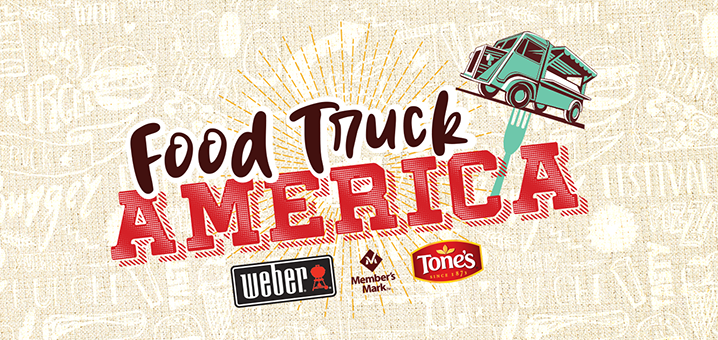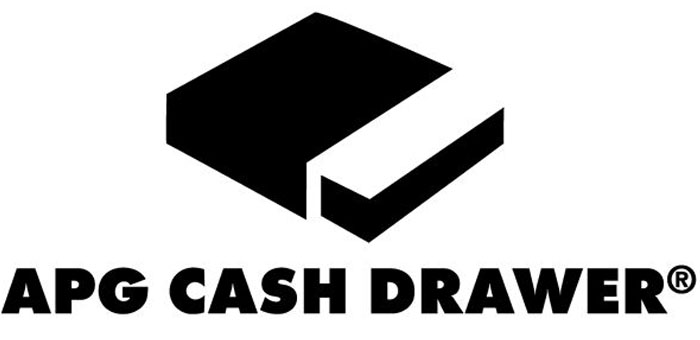Sup. Scott Wiener and public-school parent and advocate Dana Woldow are flinging dueling opinion pieces back and forth over the food-truck issue — and it’s getting hot.
Here’s the background: San Francisco currently bans food trucks within 1,500 feet of a public middle school or high school. That was almost encoded in state law, but the sponsor backed down. Now Wiener wants to modify the local law to allow trucks within maybe 500 feet or maybe a city block (of varying size) from a middle or high school.
Woldow thinks that’s way too lax — that, as she told me in an email, “a one block distance is not an obstacle at all for a long legged 15 year old. They can cover that distance and back in 5 minutes flat. And if a school is even partially open campus, (ie – seniors with 2.0 GPA can leave, or seniors and juniors, or whatever), then the kids who leave bring back food for the kids who stay.”
The thing is, this is a crowded, dense city, and there are schools all over, and in some places, like the Mission, a 1,500-foot limit means no food trucks at all, since there’s no place that exists that isn’t 1,500 feet from one school or another. Here’s a nifty map that shows the problem.
Woldow is ferocious when she gets into this stuff, and she decries the low-end food trucks as “roach coaches” and compares the industry to Big Soda (which we all know is evil.) Wiener’s hitting back, saying that Woldow (who he doesn’t name) is specious and that her comparisons to the sugar-mongers is nothing more than a quack conspiracy theory.
There are lots of elements to this — it’s not just about the unhealthy food that kids will (and yes, they will, I can speak from parental experience) buy and consume if they have the slightest opportunity. It’s also about how San Francisco provides lunch for students.
The school lunch program is subsidized — but also lives, to a certain extent, off the money that the schools charge for non-subsidized lunches. That is, if the kids who can afford to pay cough up for school lunches, there’s more money around to make the food better for everyone, including the kids who don’t pay. (It’s the same way at hospitals — if people who have insurance and can pay only go to a few high-end clinics, then the public hospitals and the ones in poor neighborhoods get only the charity cases, and don’t have the cash to improve services.)
As Caroline Grannan points out in a letter she sent me:
Let’s say there’s a restaurateur who feeds low-income diners free, subsidizing their meals by charging full price (albeit a modest full price) to non-low-income customers. Tempting food trucks pull up outside, luring away all the paying customers who can afford the food trucks. The restaurateur is no longer able to feed low-income diners free.
That simplified analogy conveys the basic situation, though it leaves out both the labyrinthine regulations governing school meals and the inadequate government subsidy for low-income students’ meals. The SFUSD meal program will, of course, continue to feed low-income children even if it suffers economic setbacks. It will just feed them a little less and a little worse, in both nutrition and overall quality. (And when the school meal program runs a deficit, classroom resources take the hit, another blow that inflicts the most harm on low-income kids.)
There’s a big difference between middle schools and high schools. Nobody’s allowed out of middle school during the day — you eat what the cafeteria offers or you bring your own lunch in a bag. Some high school campuses allow some kids to leave at lunch time; if there are food trucks nearby, and they sell cheap junk food, they’ll get plenty of patrons.
Find the entire article by Tim Redmond at sfbg.com <here>




